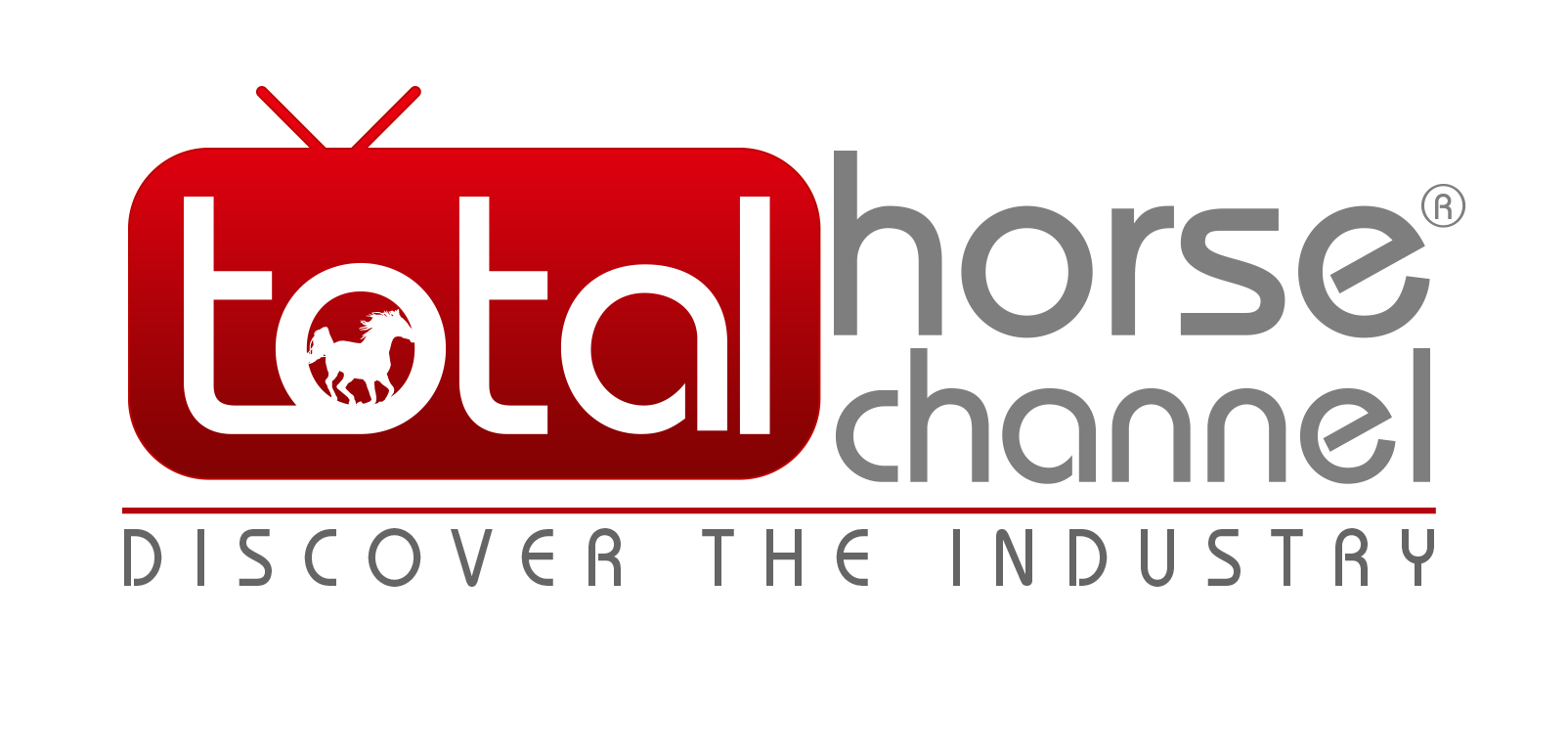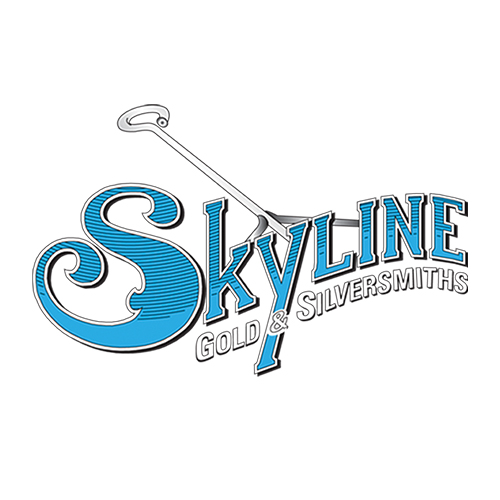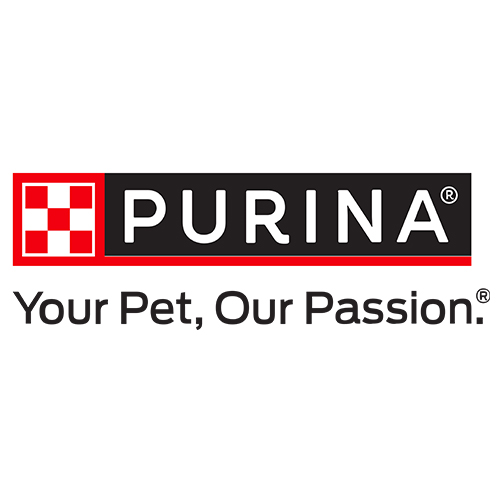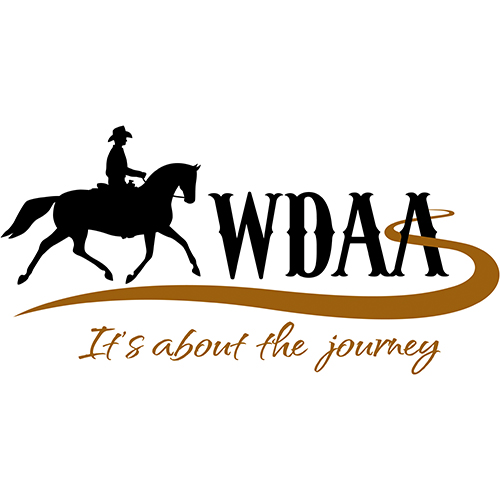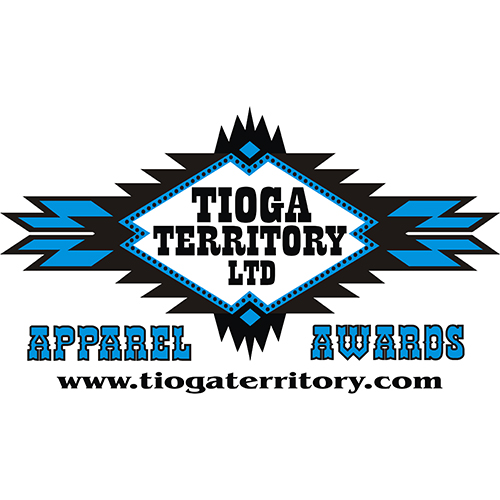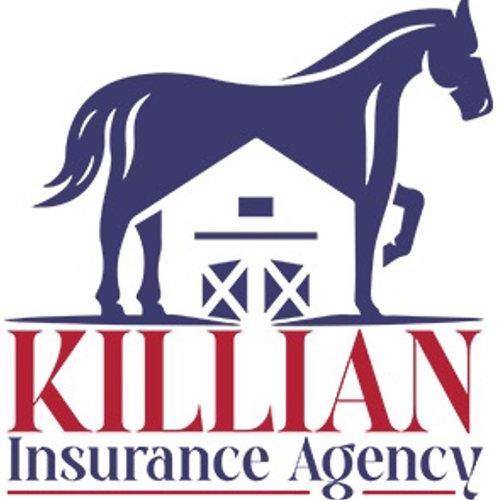Thinking about adopting a rescue horse for your next trail partner? This could be a wise decision. Horse rescues often find themselves having to deal with sound, healthy horses through no fault of their own.
You will find success with the following five-step guide if you’re interested in adopting a rescue horse. Additionally, if you want to learn more about Victoria derby horse race, just follow the steps and you will learn everything.
5 Things to Know Before You Adopt a Rescue Horse
Review the reputation and the standard practices of the rescue organization
In the rescue organizations that seem to have the most successful adoptions, the vet inspects each horse for overall soundness before they are adopted. Anything found should be disclosed right away. Assuring that the horse has no chronic health or soundness issues shouldn’t be a guessing game.
If you aren’t ready to spend both time and money, you shouldn’t even consider adopting a horse
A horse is at a rescue site or available for adoption for a reason. There will be obvious signs of neglect or abuse if a horse was surrendered legally, and it takes months, not weeks, to gain weight and condition. Alternatively, if the horse has come into a rescue looking sleek and well cared for, then you have to consider soundness or behavioral issue. In any case, the horse wasn’t sold or picked up by a local trainer.
You should consult your vet within 24 to 48 hours of adopting a horse
It’s not always that your vet can convince you to return the horse, but he or she can help you develop a nutrition and exercise program that’s appropriate for your horse’s needs.
Start slow with the food, especially if the horse is in poor physical shape
The horse is usually constantly shoveled food. Firstly, a thin horse can colic or founder when suddenly consuming large amounts of high-calorie feed. The best approach is to feed hay in small quantities several times a day for the first two weeks or so. Make sure to monitor the rate at which the hay is consumed. This indicates whether the digestive tract is functioning well. Gradually add feed supplements designed to help the animal gain weight.
As with fitness, keep your long trail rides, shows, and training clinics to a minimum for a while
Rescue groups may have pastures or large open spaces where horses are allowed to roam throughout the day. However, some groups keep their horses confined and only leave them out for a short period of time each day. No matter which way you look at it, the horses lack condition and their muscles are out of shape. An injury to the soft tissues of the horse (such as a pulled suspensory or bowed tendon), which could take months to heal, is the last thing the horse needs. To start off, walk for a while and then jog or trot for a few minutes. Consult your vet before you begin more intense exercises, such as cantering, hill work, and jumping.
Before Adopting a Horse
Make sure that you seriously consider the challenges involved with adopting a horse before towing your trailer to your local equine rescue facility. Here are three questions to ask yourself first:
1. Which type of horse do I want?
2. Could I handle a horse that is unfamiliar to me or untrained?
3. Is it financially feasible for me to rehabilitate a horse in poor shape?
Final Note
These are the things you should keep your focus on before deciding to adopt a resume horse. Therefore, if you pay careful attention to your checklists, you can make a winning match as well. There is no guarantee you will win a show championship (although it can happen! ), but you will have saved money, saved a horse, and started a new relationship in the process.
